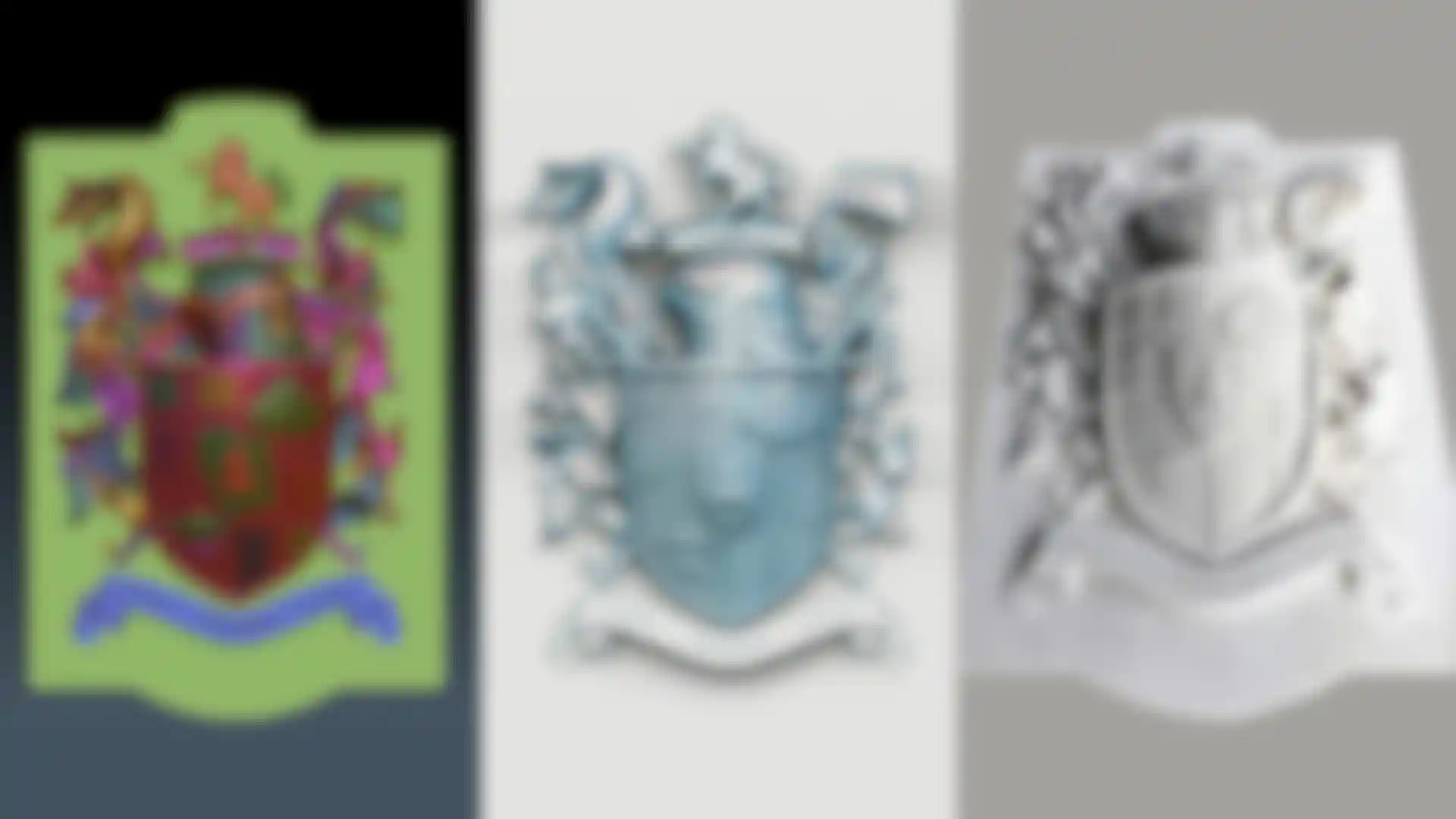
The Art of Digital Sculpting Digital sculptor Travis Barker combines the power of ZBrush and CNC milling techniques to take architectural design and restoration to the next level.
Digital sculptor Travis Barker knows ornamental architectural details play an important role in new construction, as well as building restoration and historical preservation. So he’s pushing the industry in new directions by combining ZBrush and CNC milling, which uses equipment with multiple cutting heads to carve forms out of solid materials, including molds for casting concrete.
Barker is known for his work on a wide range of large-scale projects for clients such as Yale, Vanderbilt University, Hillsdale College and Xavier University. Anything from monuments, memorials and medallions to eagles and historical figures can be faithfully reproduced using his process.
We spoke with Barker about his process, the pressures of restoring historical statues, and when he finds time to work on personal projects, like Plague Doctor’s Apothecary.
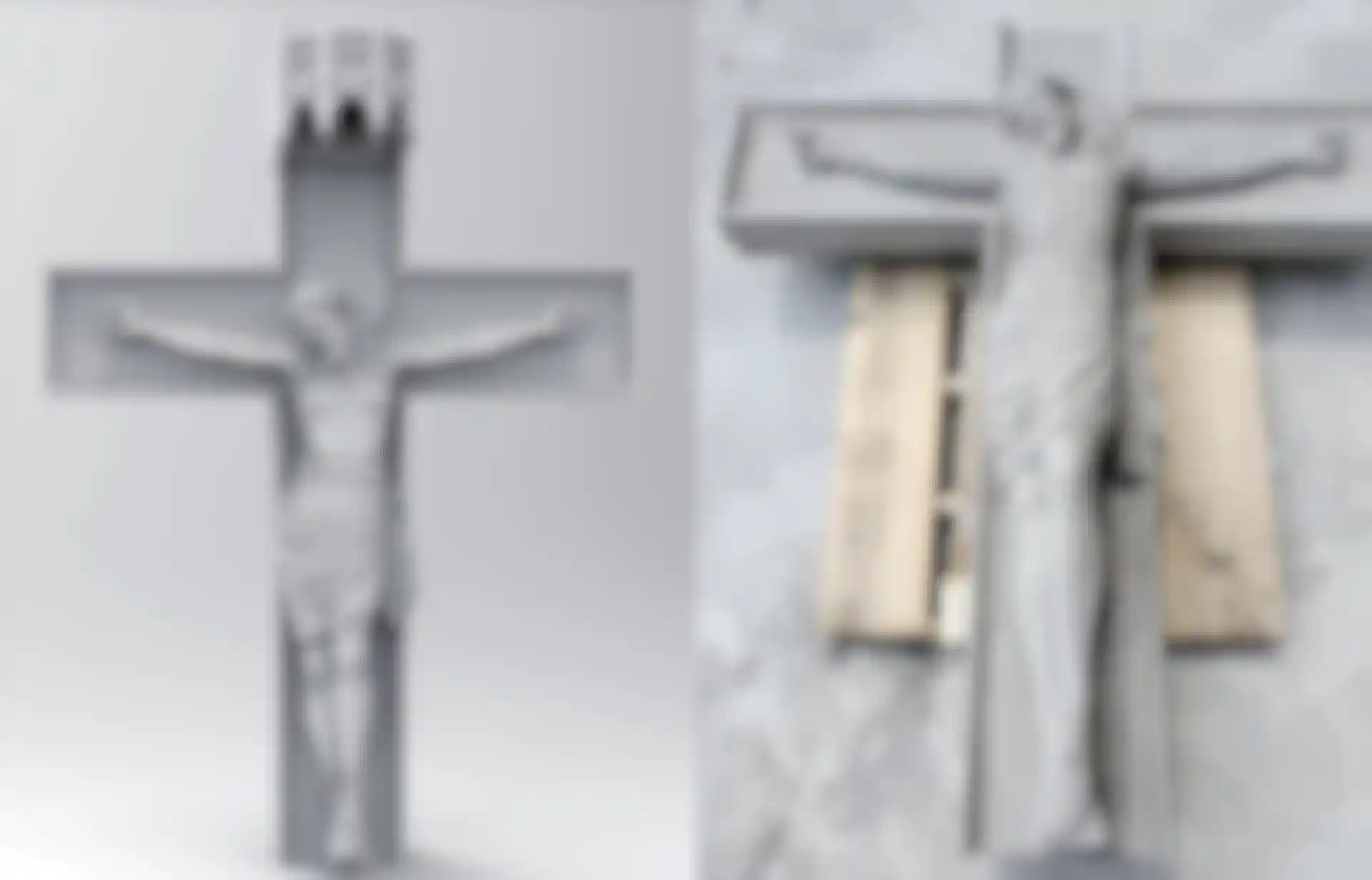
What is your background?
Barker: I learned 3ds Max and a bit of Maya initially, but it never felt natural to me. I already had an interest in digital sculpting, which led me to ZBrush and after playing around with my Wacom brush I had an ah-ha moment! For the first time in my life, I felt like an artist. I knew ZBrush was a game changer for me and felt like I learned more in that first session of playing around than my entire time at college.
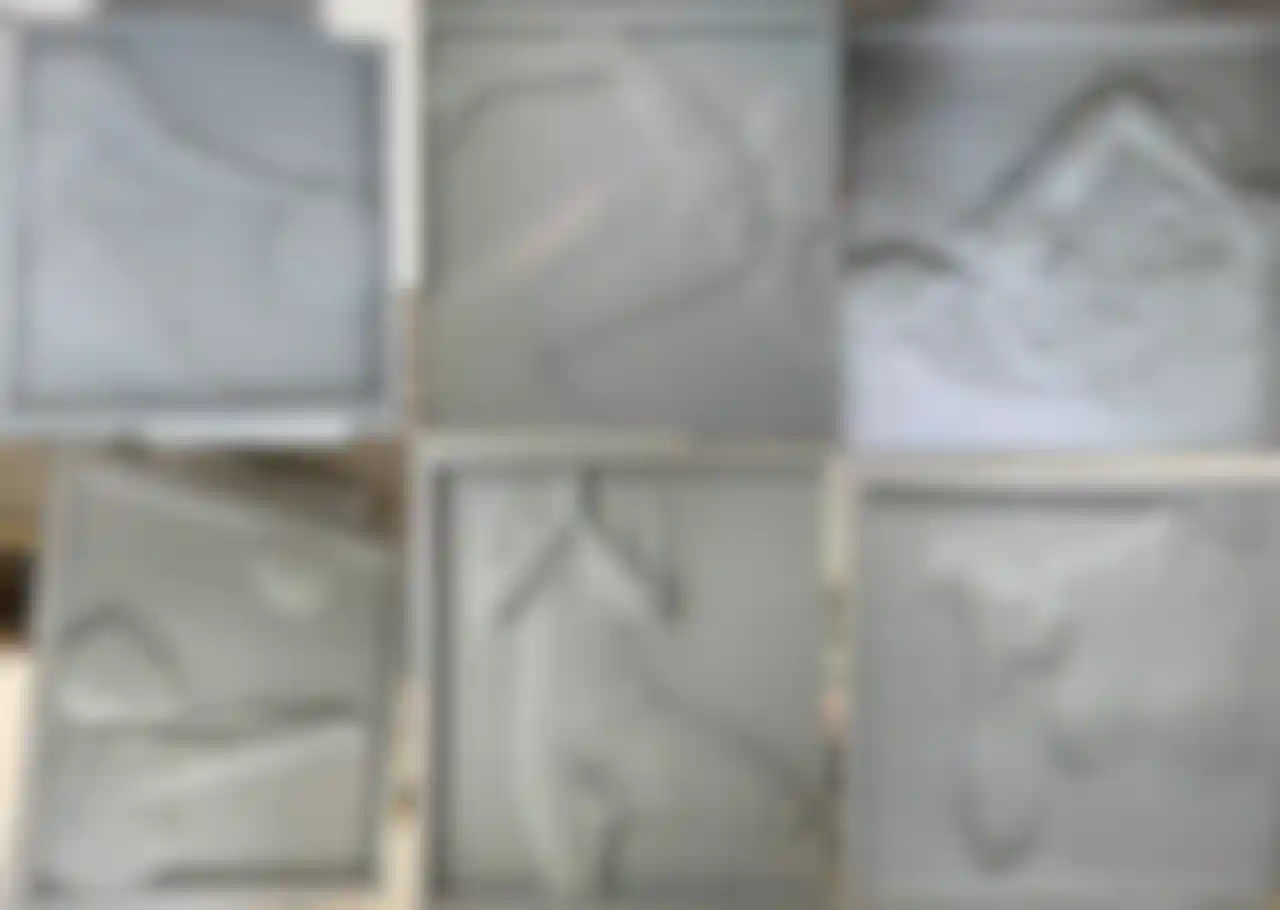
What is a digital sculptor?
Barker: It’s a lot like working with digital clay except I have an undo button in ZBrush. I can work symmetrically or with radial symmetry, and it’s kind of the best thing in the world because it allows users to make whatever they want inside the program. In the context of architectural details, you can create original sculptures and objects or replicas based on reference information. You can also repair, clean and refine 3D scans of existing objects that are then milled or cast to create a new object.
What are some of the challenges of restoration work?
Barker: It's challenging for a bunch of reasons. You are often given very loose interpretations of what the client wants, whether it's a CAD drawing, a 3D scan or a collection of photos. One example was the recreation of an eagle sculpture. They only had two very old historical photographs, so I needed to do my best to make the model look as close to those as I could with very little reference information.
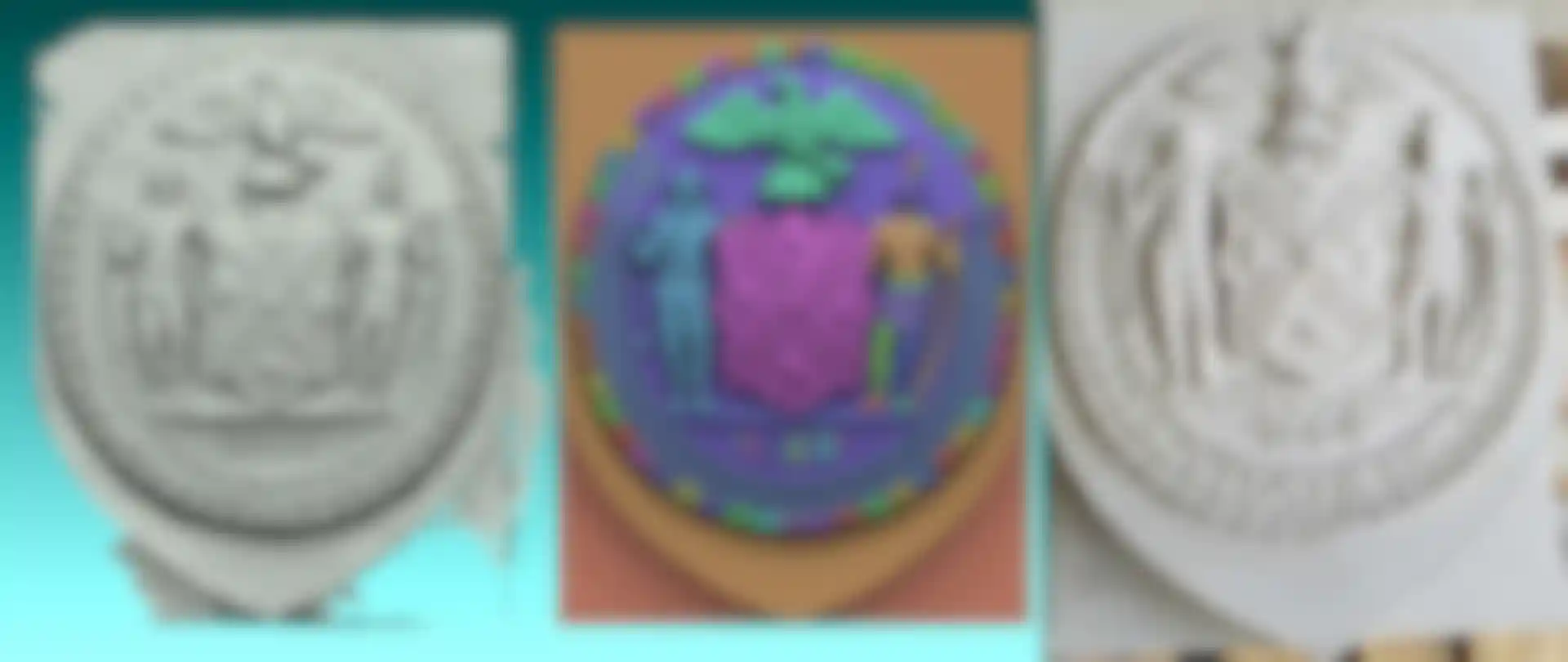
For the architectural work, I have to deal with flourishes, differing detail depths and other complex forms. If I’m restoring an architectural piece based on a 3D scan, my work has to be as close and specific to that original piece as possible and oftentimes I end up having to eyeball it. It comes down to trusting your gut.
There really is a lot of pressure with the restoration process because it needs to be so accurate, but it's also the most rewarding work in the end. I really want to respect the work of the original carver, and I often don’t know who they were. But I want to capture how they made it look, their vision. I’m not trying to make it look like my work, or that it was my original vision. If people can’t tell the difference between the original and my piece, I’ve done my job.
Tell us about the combination of ZBrush and CNC milling.
Barker: A few years ago, CNC milling was not popular or mainstream at all. But it's slowly starting to become more accessible through tools like ZBrush and CNC machines with five-axis cutting heads. Those can really get the most detail out of the sculpting work done in ZBrush.

Using ZBrush’s boolean process, I can take a model and cut it into any shape I want without having to model it by hand or vertices by vertices. It's kind of like working with wood or stone where you can use a saw to carve into it or cut out big chunks. Subtools and polygroups allow me to move parts individually, or as a group, on a giant limestone crest for example, including all the flourishes and letters, which is amazing.
The Infinite Depth Brush and Draw Draft Analysis are both incredibly useful for CNC milling and mold making, and the Polypaint from Thickness feature eliminates a lot of guesswork by helping me identify parts that might be too thin to 3D print or that might break during CNC milling.
Talk about The Plague Doctor’s Apothecary.
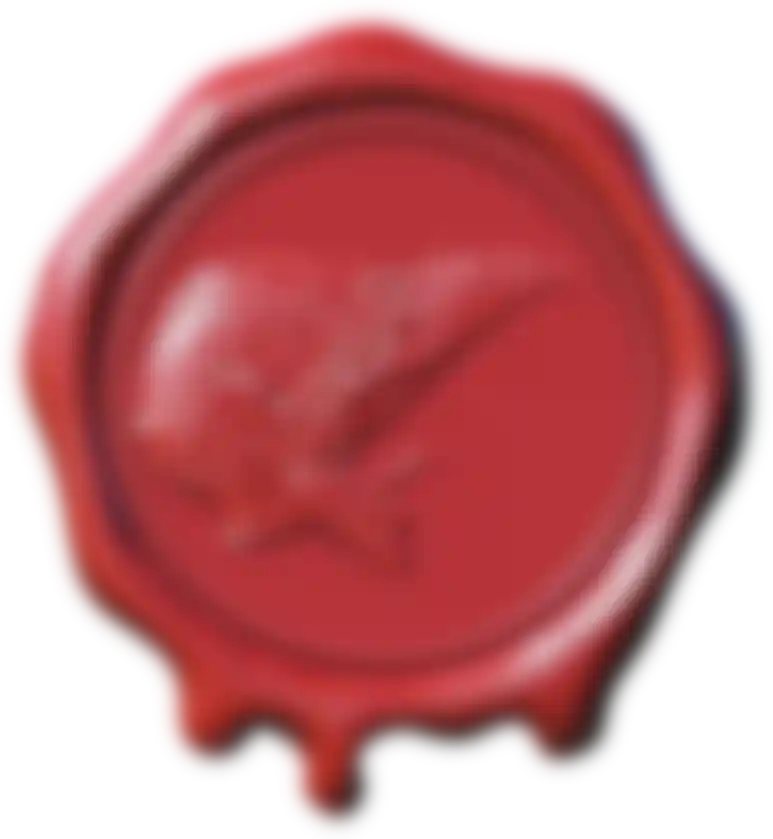
Barker: I wanted to find a way to combine what I’ve done with my CNC work and my personal interest in gothic horror and found that creating coins, rings and other jewelry was a perfect fit. Plague Doctor’s Apothecary is uniquely mine, and the style of my work is along the lines of Disney’s Haunted Mansion.
The image to the right shows a digitally sculpted wax seal for Barker’s Plague Doctor’s Apothecary.
In additional to being a project I feel personally connected to; it also serves as a self-promotional tool as I often can’t show client work for quite a while after I’m done with it. But I can publish my personal work right away, and I have an Etsy store where I sell a few of the digitally sculpted creations I’ve made that can be downloaded as 3D printable files and renders.
How does your professional workflow differ from your personal work?
Barker: The two couldn’t be more different. My professional setup is usually to have two projects open in ZBrush simultaneously. One is the CNC work for the client and the other is a personal project so I can take a break from the pressure and stress if I need to. With my passion projects, I get to be an artist completely free of rules or structure, which is where my creativity really thrives.
What’s Next for You?
Barker: I really just want to keep adding more CNC projects to my repertoire. I don’t want to pigeon hold myself into one area, and I’m pretty open to any and all avenues of working CNC. Aside from the client projects, I’m going to keep working on Plague Doctor’s Apothecary and those creative projects that remind me why I got into this line of work in the first place!
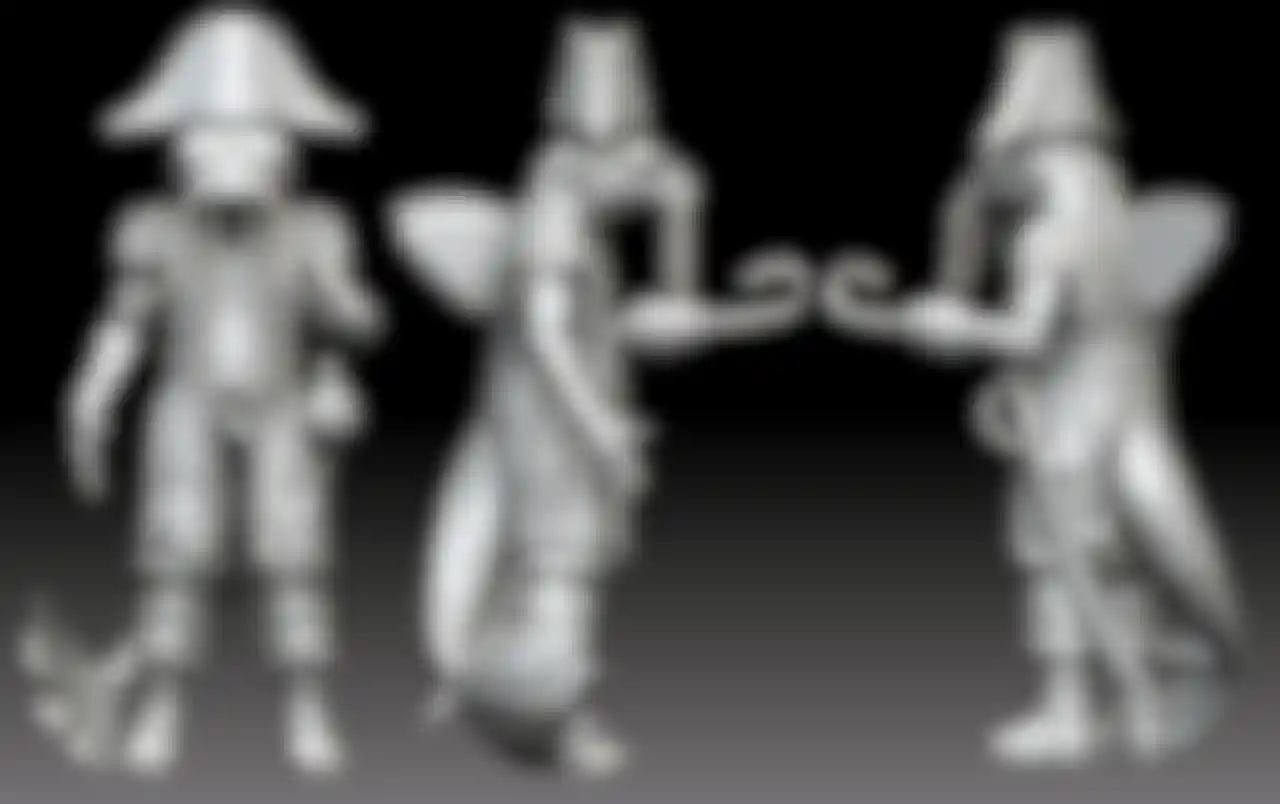
And I’d just like to take a minute to thank a few people who have really helped me with my journey learning ZBrush and CNC: Paul Gaboury, Joseph Drust, Michael Pavlovich, Tomas Wittelsbach, Nacho Riesco Gostanza, the Shiflett Brothers, Joe Menna and of course my fiancé Janet, friends and family.